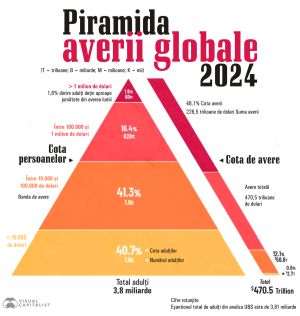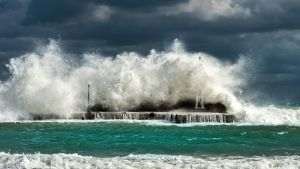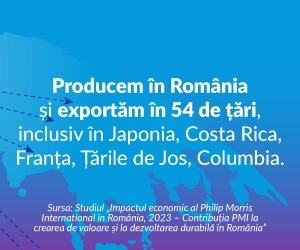The world is approaching a turning point in protecting the oceans: the international treaty on the high seas, adopted in 2023, is about to become a legal reality. The announcement was made by French President Emmanuel Macron at the opening of the third UN Ocean Conference (UNOC3), which is taking place these days until June 13 in Nice. According to the French leader, the number of ratifications required - 60 - is almost reached. "The treaty will be able to enter into force on January 1 next year, finally providing an international framework for the management and protection of the high seas,” Macron said.
• What the treaty entails
The document provides, for the first time, a binding global legal framework to protect marine biodiversity beyond national jurisdictions - an area covering about two-thirds of the oceans and which, until now, was largely unregulated. Only 1% of these waters are currently protected. The treaty will allow for the creation of international marine parks, set rules for sharing the benefits of marine genetic resources and impose standards for assessing the environmental impact of activities.
• Oceans under pressure
UN Secretary-General Antonio Guterres sounded a new alarm bell in opening the conference: "The ocean is the ultimate common resource. But we are destroying it.” Guterres denounced illegal fishing, plastic pollution and the effects of global warming on marine ecosystems. The oceans, which absorb about 30% of CO₂ emissions, act as a buffer against climate change. But warming waters, acidification and melting glaciers threaten not only biodiversity but also the oceans' ability to protect the global climate.
• A global deal without the US
Despite the progress, the US has not ratified the treaty and will not do so during the conference, according to Rebecca Hubbard, director of The High Seas Alliance. "Implementation will take years, but we must start now. The US absence will not block the process,” she said. The US absence comes as some governments' climate commitments have weakened amid economic crises and the rise of nationalist forces.
• Money for the blue economy
In addition to the treaty, UNOC3 is also a forum for mobilizing resources. In Monaco, a side event dedicated to financing the ocean economy brought together banks, investors and philanthropists, who pledged euro8.7 billion over five years for a sustainable blue economy. This amount is significant, but not enough. According to the UN, the annual investment needed for ocean health amounts to about $175 billion. Between 2015 and 2019, only $10 billion was mobilized. To address this gap, the UN is preparing a new financing mechanism, which will be launched in 2028.
The adoption and imminent entry into force of the Treaty on the High Seas represents a major diplomatic and environmental success. It is a concrete step towards saving marine biodiversity and preserving the planet's climate balance. In a period marked by environmental skepticism and political polarization, the high seas could become a symbol of a new international consensus in favor of a common future.



























































